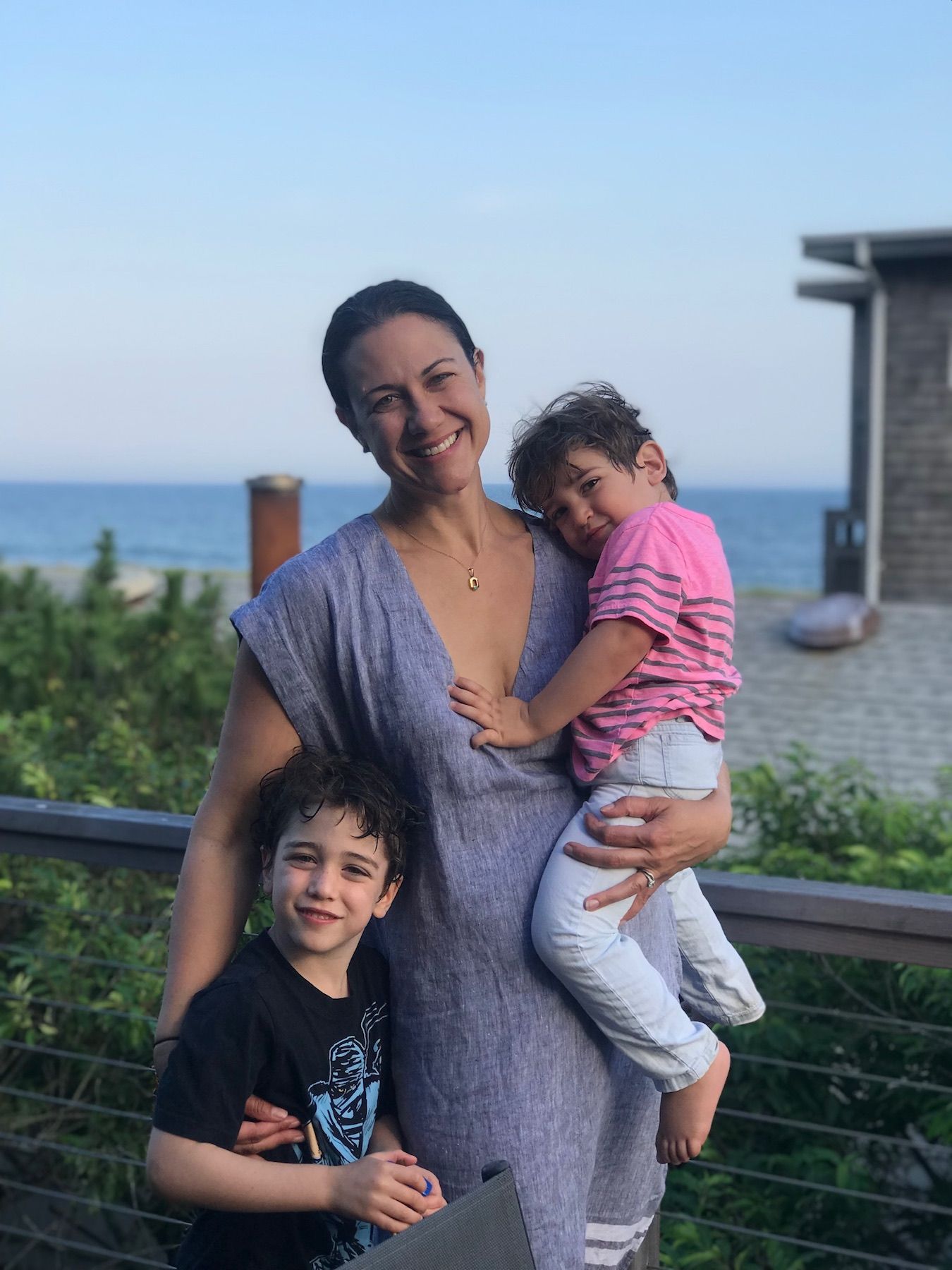Gina Hamadey, author of I Want to Thank You, wrote a year’s worth of gratitude letters, with a little help from her son. Here’s what she learned about why and how to model gratitude
A few years ago, Gina Hamadey, a former magazine editor in New York, needed to write 31 thank you notes to fundraiser donors. She decided to fit it in while commuting by train to a consulting gig, rather than scrolling social media feeds and emails. To her surprise, the writing process gave her a sense of calm and focus that felt remarkably positive.
The experience inspired her to embark on a year of handwriting 365 letters, as chronicled in her new book, I Want to Thank You. Each chapter is devoted to a different theme of recipients, including career mentors, health workers and local shopkeepers.
Unlike a thank you note—an often obligatory and time-sensitive acknowledgement of a gift—Hamadey’s gratitude letters offered appreciation for something done or said, in some cases, many years ago.
In writing the book, Hamadey consulted with experts and read many studies on gratitude, including research led by Indiana University that found gratitude-letter writing significantly improved the mental health of patients receiving psychotherapy.
“Gratitude is the most powerful tool we have as far as increasing our own happiness,” says Hamadey. “Writing notes means you’re taking those grateful feelings and sharing them with the people responsible. People do respond, so that acts as an incentive—and interestingly, more than half of the people who mailed me a response letter were men.”
The project was a frequent topic of discussion at home, and Hamadey’s older son Henry, then 5, became an enthusiastic participant. He helped deliver notes to neighbours and dictated 11 gratitude letters to his favourite authors, many of whom wrote back.

“I learned that gratitude is a skill kids can easily pick up, like a language or an instrument,” says Hamadey. “The most important thing for them to learn is that there are people behind the stuff they love; that's a link they need some help making. It comes when you point it out, ‘Oh, you love this sushi? There's the person who made it.’”
This summer Henry is 8 and his younger brother, Charlie, is turning 5. ”I’m going to implement the lessons I learned about teaching kids gratitude, and see how it impacts my goofier, less demonstrative kid,” says Hamadey. Their letter recipients will include friends they haven’t seen since Covid-19 and people making their summer better. “It’ll also give us something to do on rainy afternoons that isn’t crafting (I’m terrible at crafting).”
Below Hamadey shares more about the benefits of making gratitude a habit at any age.
See also: 8 Mindful Ways to Start Your Day
